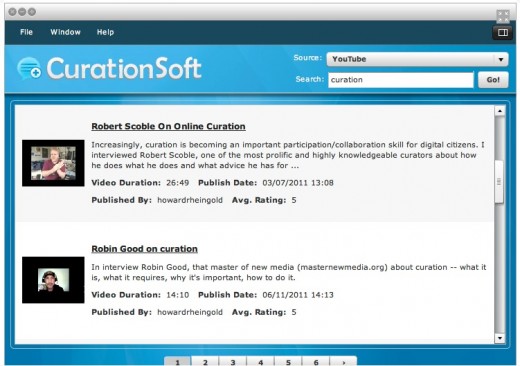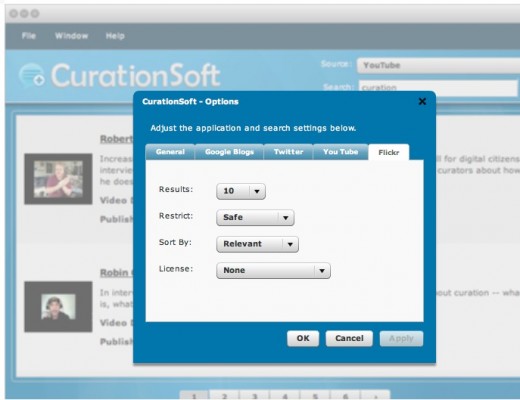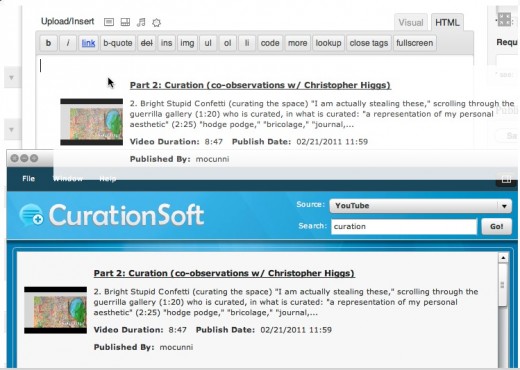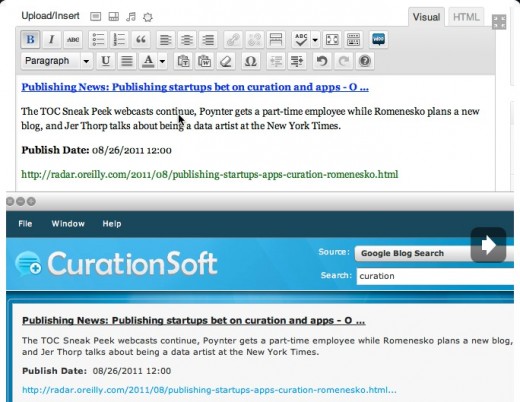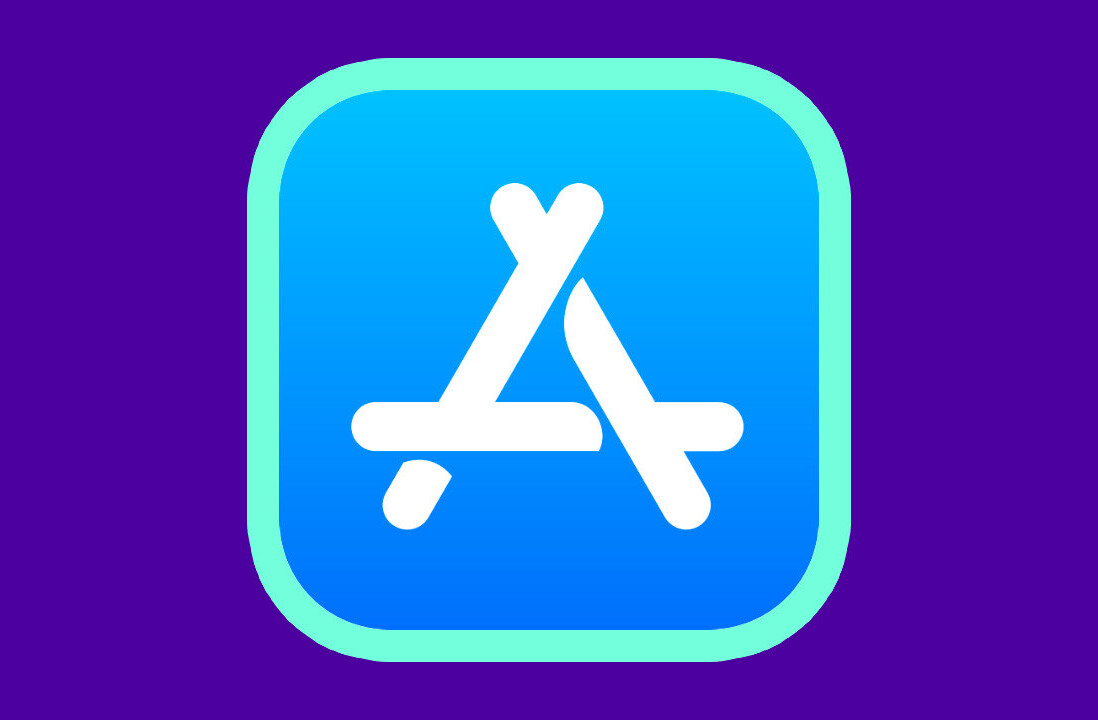
The internet is full. Now, what we need, is an army of curators to make sense of it all.
With hundreds of million of websites at your disposal, there’s no shortage of information online. But how much of that is actually of any use?
Well, the answer’s entirely subjective. Whether you’re a philatelist with a fixation on postage stamps, or a celebrity gossip junkie who can’t get enough of Perez Hilton, the amount of available information online to satiate your thirst for knowledge is likely to differ greatly.
Thankfully, there are filters in place to help us through the cacophonous crackle of the white-noise Web, and arrive at the information we’re looking for – Google and RSS feeds are two such examples. And we choose who we follow on the likes of Twitter, based on what they have to offer our own individual needs.
The need for content curation
There’s a growing market for content curation, where people dedicate time to sift through the information rubble and extract the best articles, videos, photos…whatever…for a particular audience. Techmeme, for example, pulls together all the best pieces from across the many technology blogs and news websites, and arranges these links into a single, easy-to-scan page. It’s partly automated, but it does have direct human editorial input too.
Content curation, in a nutshell, means finding the most relevant, high quality content on a given subject and sharing it with a specific target audience. And CurationSoft is a new tool to help the content curation cause.
CurationSoft is a software startup based in Indiana, in the north-east of the US. The desktop software lets publishers gather content from across multiple platforms, and publish it as a single piece. So, for example, if you’re writing a blog post on the troubles in Libya, you can search for online content within CurationSoft and drag and drop it into your editing pane (e.g. in WordPress). You can glean content from across YouTube, Google Blog Search, Twitter and Flickr.
We’ve previously written about news consumption in the age of curation, and despite the easy access to search engines, RSS readers and such like, it seems that people still like to have their content curated. Brandon Hall, CTO of CurationSoft, reckons the reason is simple:
“People love to follow curation sites and use them as vetted sources where they can access the most important information on a topic without spending time searching for it themselves on many different sites.”
CurationSoft’s CEO, Jack Humphrey, reckons its software helps smaller publishers compete with the big boys, allowing them to create more content quickly. Humphrey said:
“CurationSoft has been a life saver for news bloggers and publishers who live and die by readership and visitor loyalty. It’s a productivity booster for sure. If you cannot put out enough content, readers defect to sites with a bigger writing staff. Easily curated content makes it easy to have the kind of output the giant sites have while requiring only one or a few writers.”
How it works
You enter your search term(s), choosing either YouTube, Google Blog Search, Twitter or Flickr as your sources:
You can also control how the information is presented, such as how many results are displayed on each page:
If you’re in WordPress, you drag and drop the content into the editing pane whilst in HTML mode:
And you can switch to visual mode at any time to see how the content will look:
CurationSoft lets users drag and drop content anywhere an editor is used, so in addition to WordPress it would work on the likes of Blogger and Squidoo too. And, it also lets users curate on Google+.
Jack Humphrey said:
“Curation is the new wild west of content publishing and distribution on the web. It is easier for less experienced bloggers to get into, and therefore, a lot of the mess on the web can begin to be cleaned up by an army of curators where only human filtering will work.”
The software isn’t free though, a single user license for a year costs $39.95, whilst a lifetime license costs double that. So if you are looking for paid content curation software, it’s probably worth going for the lifetime license. There are additional license packages available for groups and small teams too, with a tiered pricing structure in place.
Meanwhile, if you want to see CurationSoft in action, check out its official demo video:
Get the TNW newsletter
Get the most important tech news in your inbox each week.
